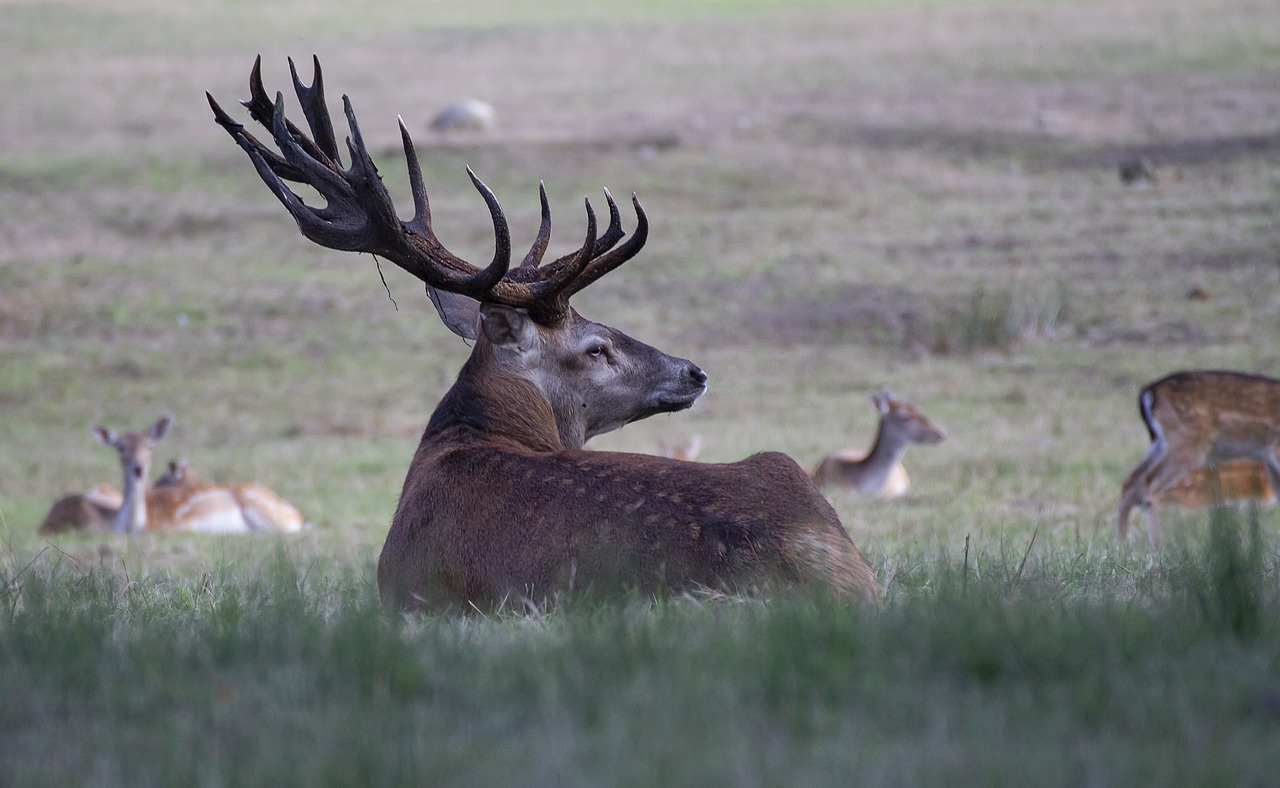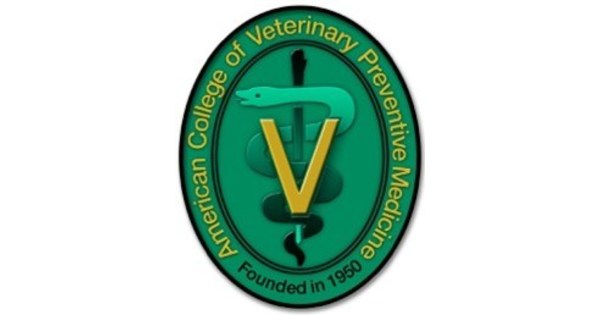Recent research continues to address concerns about Chronic Wasting Disease (CWD) and its potential links to human prion diseases. CWD is increasingly threatening deer and elk populations, having been detected in free-ranging cervids across 34 states and four provinces, and in captive cervid facilities in 19 states and three provinces. On May 7, the California Department of Fish and Wildlife reported the disease in the state’s deer and elk populations.
According to the U.S. Geological Survey (USGS), certain areas have reported over 50% CWD positivity rates in adult male cervids and over 30% in adult females. “CWD is clearly spreading geographically and increasing in prevalence in established locations,” said Bryan Richards, the emerging disease coordinator at the USGS National Wildlife Health Center. He noted that only a few states have taken aggressive measures against CWD, while others are merely monitoring the situation, which is insufficient to control the disease.
Wildlife agencies’ responses to CWD have evolved, as detailed in a March 2023 Wildlife Society Bulletin article. Earlier strategies often involved delayed management, whereas recent approaches have focused on rapid, localized management, including deer removal, carcass transportation, and wildlife feeding regulations, as seen in Minnesota and New York.
Protecting Cervid Populations from CWD
The Animal and Plant Health Inspection Service (APHIS) allocates millions annually to state and tribal governments, universities, and other entities for CWD control in wild and farmed cervids. Most funds support basic research and monitoring, with a smaller portion for applied research and active management. Harvest-based tools, recommended in the Association of Fish and Wildlife Agencies (AFWA) Best Management Practices, remain underutilized.
To reduce the risk of CWD spreading to farmed cervid herds, strict biosecurity measures and raising cervid species resistant or less susceptible to CWD are crucial. “New positive facilities are detected every year, and the source of infection remains unclear,” Richards said, noting that human-caused introduction of infectious material is a significant concern. Practices like artificial insemination and biopsy tools for antemortem testing could contribute to the spread, necessitating thorough disinfection.
Recent Research on CWD
As CWD cases rise, research efforts are intensifying to determine if the disease can be transmitted to humans. “There is currently not enough research to determine whether cross-species prion transmission is possible,” said Tanya Espinosa, public affairs specialist for the USDA’s APHIS.
Current evidence suggests that CWD cannot be transmitted to humans through consuming infected meat, encountering infected wildlife, or contact with contaminated soil or water. However, a recent study by the National Institutes of Health’s (NIH) Rocky Mountain Laboratories challenges this assumption. Researchers exposed human cerebral organoids to high concentrations of CWD from three sources and found no evidence of new CWD propagation or human prion infection, indicating a substantial species barrier.
Ongoing studies aim to identify if prion diseases are more prevalent among people at higher risk of contact with CWD-infected deer or elk meat. These long-term studies are expected to take many years to determine the potential risk of CWD to humans.
Espinosa advised hunters to use personal protective equipment and maintain biosecurity when handling meat from ungulates to mitigate any potential risk.



